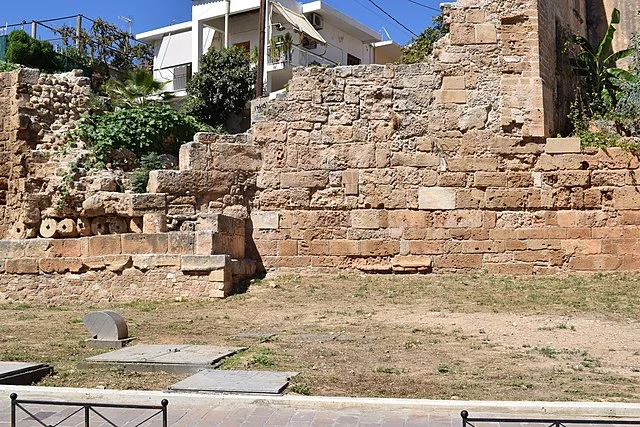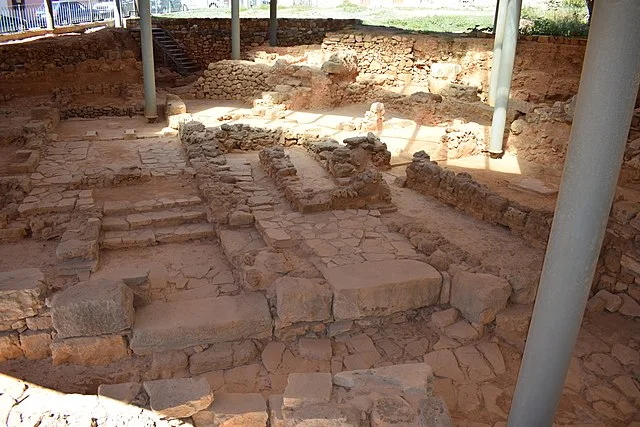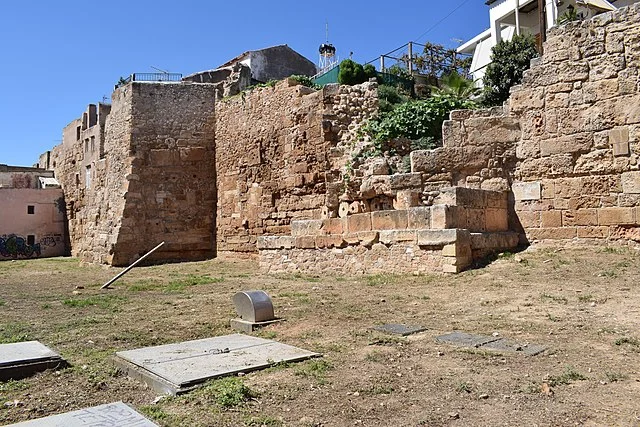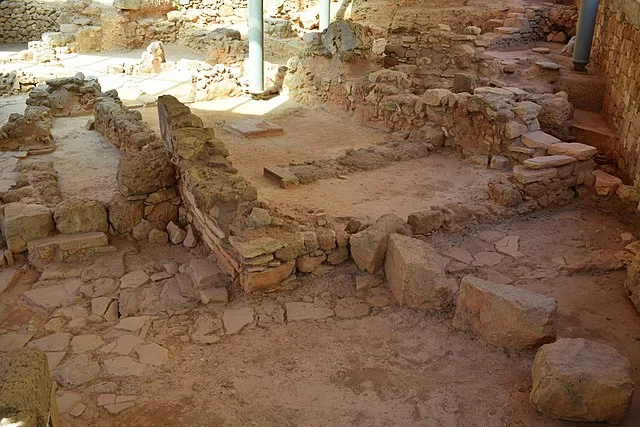Kydonia was an ancient city located on the island of Crete, near modern-day Chania. It played a key role in the region’s history, especially during the Minoan and Mycenaean periods. The city was known for its strategic location, fertile land, and maritime activities.
Get your dose of History via Email
Historical Overview

Kydonia dates back to at least the Neolithic period, around 3000 BC. Archaeological evidence shows that it was one of the earliest settlements on Crete. By the Late Minoan period (1600–1100 BC), Kydonia had become a significant center for trade and craftsmanship. It had close ties with other powerful Minoan cities like Knossos and Phaistos.
After the fall of the Minoan civilization, Kydonia remained important under the Mycenaean influence. The city’s prosperity continued into the Classical period, when it aligned with various powers in the Greek world, such as Athens and Sparta. During the 5th century BC, Kydonia became involved in military and political conflicts, reflecting the broader struggles of the region.
Roman and Byzantine Periods
The Romans took control of Kydonia in 69 BC, during their conquest of Crete. Under Roman rule, the city flourished as an administrative and economic hub. Many Roman structures, such as baths and public buildings, have been uncovered in archaeological excavations.
After the fall of the Western Roman Empire, Kydonia became part of the Byzantine Empire. The city continued to thrive, with evidence of Christian influence, including the construction of early churches.
Archaeological Discoveries

Excavations at Kydonia have revealed rich layers of history, including pottery, inscriptions, and architectural remains. The most significant finds date to the Minoan and Roman periods, showcasing the city’s long-standing importance. Archaeologists have uncovered evidence of large-scale production facilities, indicating that Kydonia was a major producer of goods like pottery and olive oil.
Decline and Legacy

Kydonia began to decline in the early medieval period due to changing political and economic conditions. However, its influence on the region’s history is still recognized today. The remains of ancient Kydonia are found in the modern city of Chania, where ongoing archaeological research continues to uncover its past.
Today, the legacy of Kydonia lives on through these discoveries, offering valuable insights into ancient Cretan culture.
Source:

